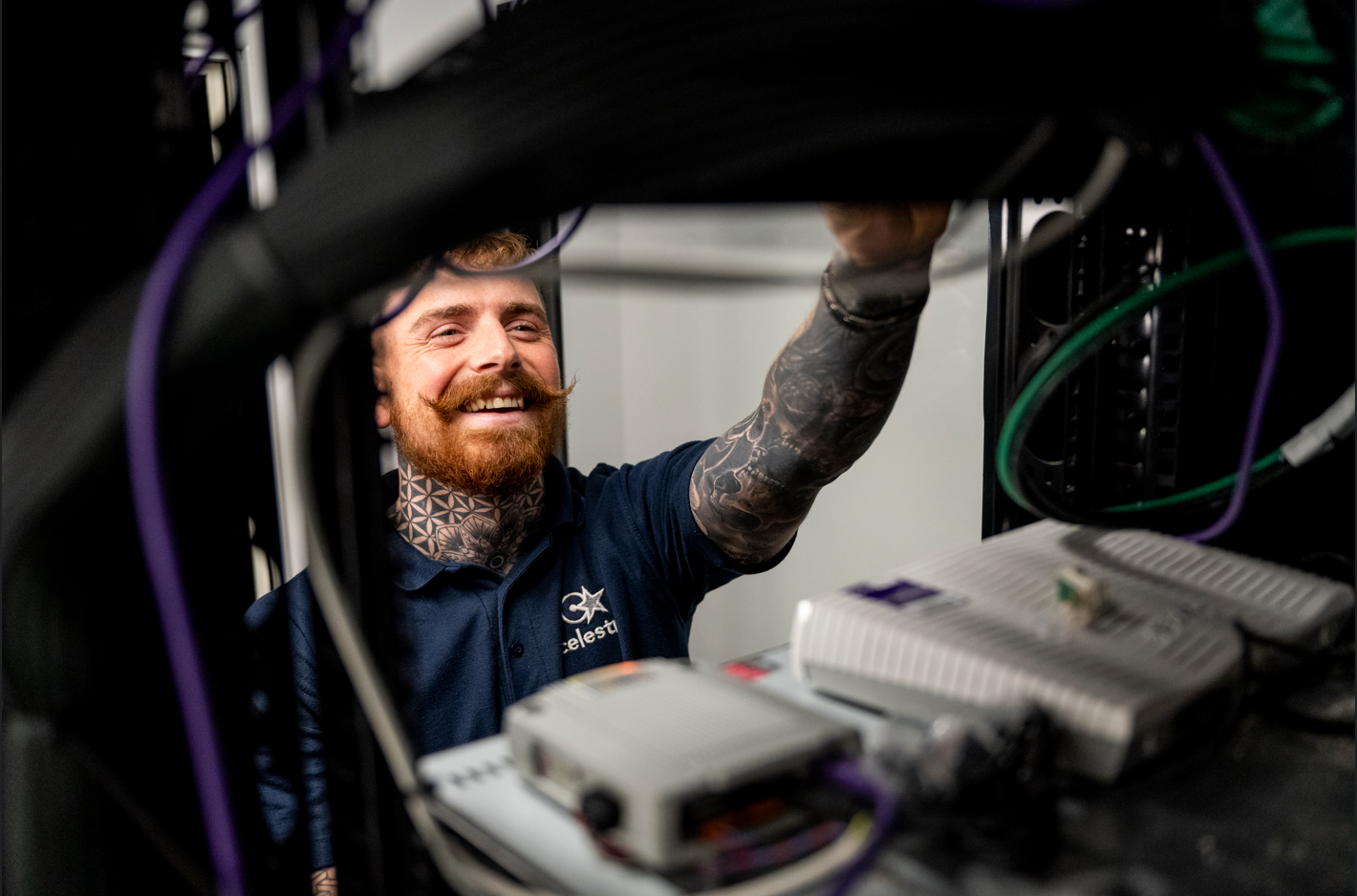Cybersecurity isn’t just about firewalls, anti-virus, or spotting a dodgy email before it wreaks havoc. It’s about building resilience from the ground up, starting with how your technology is installed, configured, and deployed. If the installation stage isn’t handled with security at the forefront, the rest of your stack could be sitting on shaky ground.
At Celestra, we believe that technology should be installed securely, configured correctly, and supported continually. Here’s how to make sure your tech stack is as secure as it can be from day one.
Secure by Design: Getting It Right From the Blueprint
Security should never be an afterthought. By adopting a Secure by Design approach, your architecture, configuration, and deployment practices are shaped with defence-in-depth and zero-trust principles from the very start. Think of it as setting the DNA of your tech stack to “secure” before it’s even powered on.
Configuration Management: The Unsung Hero
If installation is the foundation, configuration is the frame that holds it together. Establishing secure configuration baselines (CIS benchmarks, NIST guidelines, etc.) is crucial. From there:
- Automate deployment and monitoring with tools like Ansible, Chef, or SCCM.
- Enforce change-management processes, so every configuration adjustment is documented and approved.
- Prevent “config drift” where systems wander off from your standards.
Think of configuration management as a digital spa day for your systems—they may not relax, but they’ll come out looking secure and refreshed.
Hardening Your Infrastructure
Default settings are a hacker’s best friend. Harden every layer of your stack:
- Operating Systems: Disable unnecessary services, enforce strong password policies, patch relentlessly, and encrypt storage.
- Networks: Change default credentials, restrict access with ACLs, and keep ports closed unless they’re necessary.
- Applications: Remove test modules, disable directory listings, enforce TLS, and strip out unnecessary information in headers.
Taking defaults at face value is like putting a welcome mat out for attackers; it’s better to roll out a red carpet of zero-trust policies instead.
Supply Chain Hygiene: No Dodgy Dependencies
Your software supply chain is only as strong as its weakest dependency. Keep libraries updated, document them properly, and lock them down using configuration files. Tools like Dependabot can be your early warning system for vulnerable packages. After all, no one wants an outdated plug-in to be the reason your security makes the news.
DevSecOps: Security at the Speed of Deployment
Development and operations can’t be divorced from security. Integrating DevSecOps ensures secure coding standards are enforced throughout the lifecycle:
- Use static code analysis tools.
- Refer to OWASP Top 10 and other secure coding frameworks.
- Bake in code reviews, threat modelling, and security testing into your pipelines.
Because shipping insecure code is so last season.
Infrastructure as Code: Repeatable and Auditable
Configuration isn’t something you want to leave to memory. Treat it as code, version-controlled, peer-reviewed, and auditable. This way, deployments are consistent, repeatable, and less prone to human error. Build once, deploy securely many times.
Monitoring and Response: Always Watching
Security doesn’t stop at installation. Logging and monitoring should be in place from day one:
- Collect logs with SIEM tools.
- Enable MFA everywhere.
- Encrypt data at rest and in transit.
- Segment your networks with micro-segmentation and access controls.
This isn’t paranoia, it’s preparedness.
Audit and Improve: The Security Cycle
The best security processes evolve. Regular audits catch misconfigurations, and automated checks spot drifts before they become breaches. Security is never “done”, it’s a continuous improvement loop.
Final Thoughts
At Celestra, we don’t just install technology; we install it securely. From the very first step, we build resilience into your stack through configuration, hardening, and secure processes. Because in today’s digital world, prevention isn’t just better than cure, it’s essential.
So, is your tech stack immune to attacks? If you’re building it securely from the installation stage, you’re well on your way.
 En
En
 De
De 

